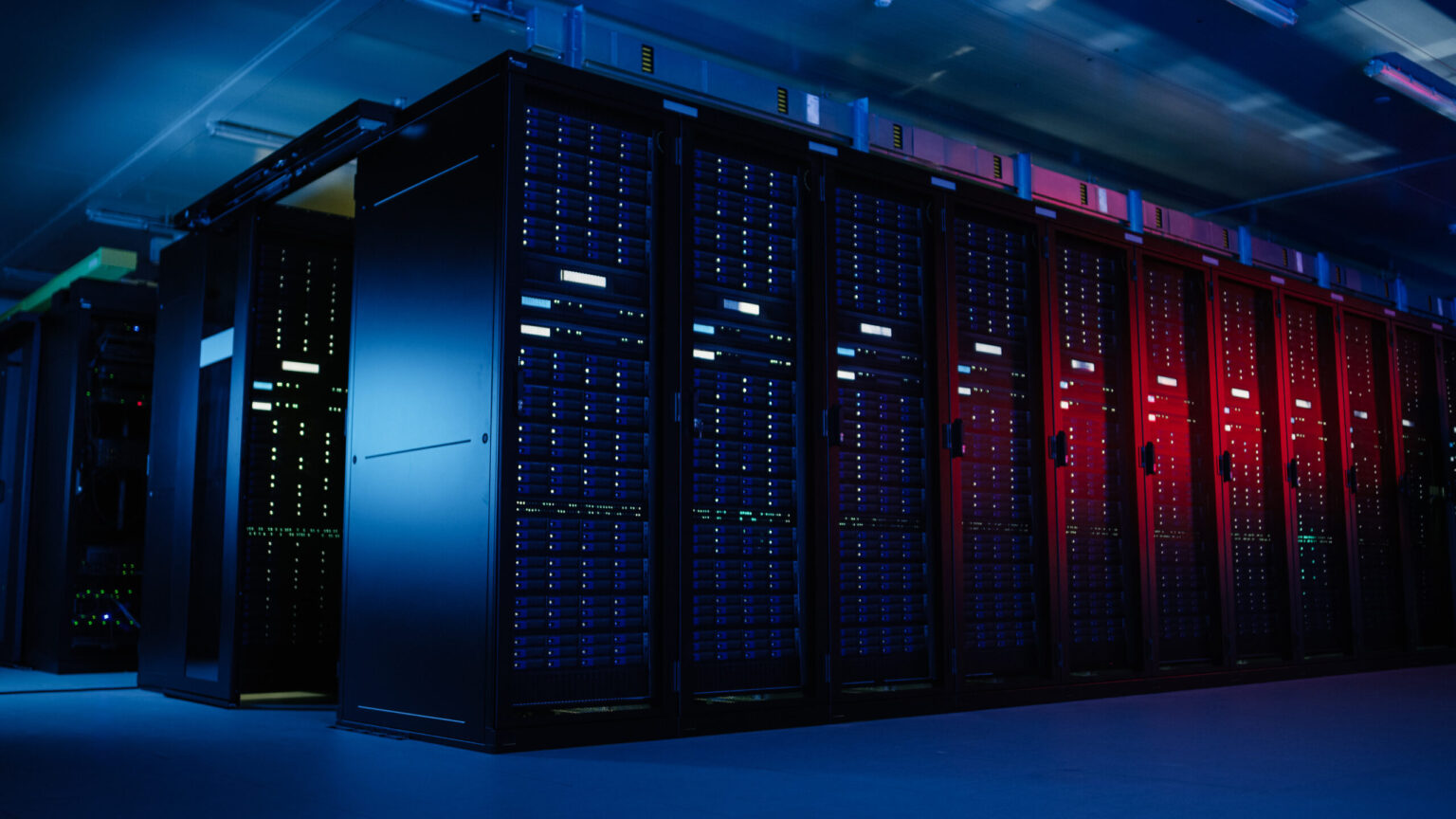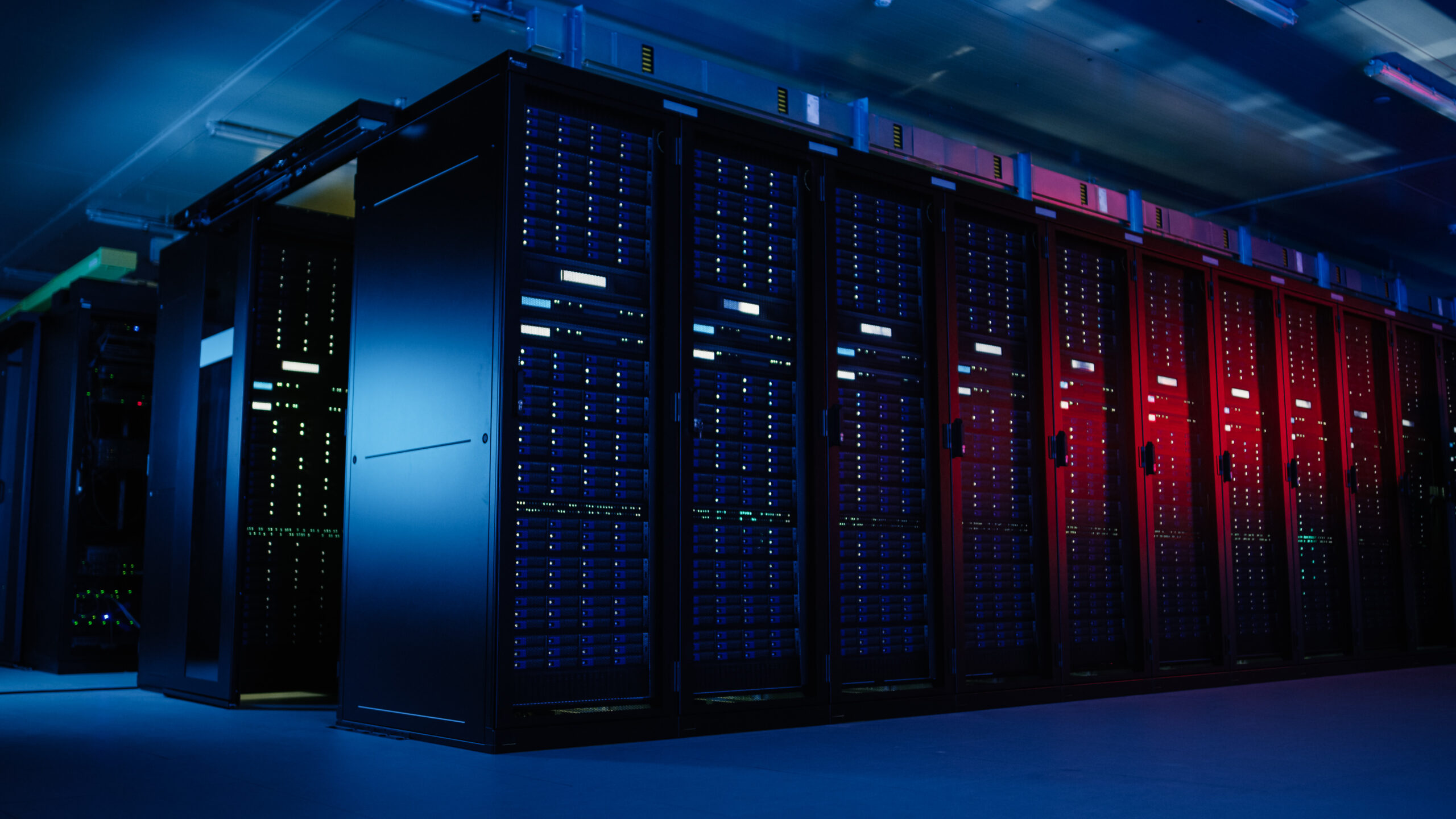Data centers are reportedly under pressure from a surge in demand for generative AI, forcing them to pile some costs on customers, according to a recent report.
Although it has been gaining traction following the launch of ChatGPT to immediate success, generative AI is a capital-intensive operation that requires higher levels of computing power.
With that increase in demand, there has also been an increase in the cost of infrastructure, which has been skyrocketing this year, according to real estate firm JLL.
Hard to find space
According to JLL, which analyzed trends in the data center market, demand for colocation space in North America, for instance, is outstripping supply, resulting in a surge in cost. The report notes that costs have resultantly risen by 30% for customers.
“Major cloud service providers are growing rapidly to support new AI requirements and the need for more computing power, making it challenging to find space and power for smaller requirements in many markets,” noted the report.
It further highlights that this has led to a significant “surge in leasing in the second quarter of 2023, with a mounting demand for capacity to meet higher density data center requirements for AI development.”
Also read: ChatGPT Gets Voice and Image Features, Becoming More Like Apple’s Siri
Costs to further increase
The JLL report aligns closely with other studies done on the impact of generative AI on data centers on a global scale. Research firm Tirias Research forecasted that demand for data center infrastructure and the cost of generative AI could exceed $76 billion by 2028. This is more than double the current estimated cost of Amazon Web Services (AWS), which accounts for a third of the total cloud infrastructure services market.
Another study by TD Cowen earlier this year showed that data center leases had reached “record levels” as hyperscalers kept expanding capacity for AI development.
This study concluded the industry was experiencing a “tsunami of AI demand” and some service providers were failing to cope with the demand from hyperscalers.
However, JLL has pointed out the need for data centers to improve efficiency and adapt their infrastructure to enable them to accommodate “high power density clusters.
An infrastructure overhaul
According to a report by ITPro, the infrastructure overhaul means there could be changes to cooling capabilities and energy consumption. A recent SiliconANGLE report has also revealed data centers are consuming large volumes of water to cool off generative AI servers following an increase in the use of the technology.
Microsoft reported that water consumption at its data center jumped 35% in 2022 compared to 2021. The company, according to the report, used more than 1.7 billion gallons, or 6.4 billion liters, of water in 2022 alone, enough to “fill up more than 2,500 Olympic-sized swimming pools.”
The high water consumption is not all, as the data centers’ energy consumption is also high.
According to the JLL report, some larger requirements could see cluster density increased to 50 to 100 KW per rack. This, the report adds, marks a steep increase compared to current hyperscaler demands.
“Many colocation providers have increased the voltage delivered to the floor to 415 volts, which can reduce the upfront cost of delivering power to these high-density clusters,” said JLL in the report.
“Additional innovations will be needed to improve cooling and energy efficiency for AI uses, given the sustainability goals of hyperscalers and colocation providers,” it added.

What should be done?
Speaking to ITPro, Kao Data VP Adam Nethersole said that while generative AI-related demand puts pressure on data centers, resulting in space shortages in the US, something can be done to accommodate the increase in activity, which has “positive implications” for European and UK data center providers.
“While capacity shortages in the US data center market may have been compounded by both the adoption of generative AI and the accompanying growth of hyperscale platforms, more locally in the UK and Europe, we’re seeing positive implications for the sector,” he said.
He added that the continued surge in demand for HPC, AI, and GPU-powered technologies was accelerating development for new Tier 2 data hubs.
According to Nethersole, this is provoking a “complete redesign or re-engineering of data center capacity to accommodate high-density computing.”
“This has included the deployment of new high-density and pre-configured systems such as Nvidia’s SuperPOD, in some instances greater adoption of liquid cooling, and the continued requirement for ultra-energy-efficient colocation capacity, powered by 100% renewable energy.”
The JLL’s report emphasized the effect of generative AI development on customers in need of “smaller” colocation services—”so”companies that require data center infrastructure for operational purposes other than generative AI development.”
According to Nethersole, there may be concerns in the long term that, with the focus on generative AI development, some customers may be prohibited from accessing colocation services.










 and then
and then